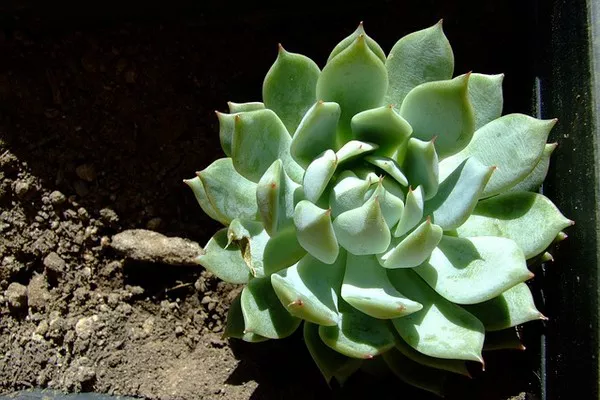Succulents have gained immense popularity in recent years due to their unique and captivating appearance, low maintenance requirements, and ability to thrive in various environments. One fascinating aspect of succulent propagation is the ability to grow new plants from leaves. This process, known as leaf propagation, offers enthusiasts an opportunity to expand their succulent collection and share the beauty of these plants with others. In this article, we will delve into the art of propagating succulent leaves, exploring the steps involved, essential considerations, and tips for successful propagation.
Understanding Leaf Propagation
Leaf propagation is a method of reproducing succulent plants by utilizing individual leaves. Unlike other methods such as stem cuttings or division, this technique allows enthusiasts to produce entirely new plants from single leaves. This process works because succulents possess the remarkable ability to generate new growth from the leaf tissue.
Step-by-Step Guide to Leaf Propagation
Select Healthy Leaves: Choose leaves that are plump, healthy, and free from any signs of damage or disease. Gently twist or cut the leaves from the main stem, ensuring a clean break.
Allow Callus Formation: After removing the leaves, let them sit in a dry, shaded location for a day or two to allow calluses to form on the cut ends. Callus formation prevents potential rot when the leaves are planted.
Prepare a Well-Draining Medium: Succulents require well-draining soil to thrive. Prepare a propagation medium by mixing cactus or succulent potting mix with perlite or sand. This creates an airy substrate that helps prevent over-watering.
Plant the Leaves: Place the calloused end of the leaf into the propagation medium, burying it slightly to provide stability. Water the medium lightly to settle it around the leaf.
Provide Proper Lighting: Place the planted leaves in bright, indirect sunlight. Avoid direct sunlight, as it can cause the leaves to become sunburned.
Monitor and Water Sparingly: Keep the soil lightly moist but not soaked. Mist the leaves occasionally to maintain humidity around them. Be cautious not to over-water, as succulent leaves are prone to rot if exposed to excessive moisture.
Wait for New Growth: In a few weeks to a couple of months, you’ll notice tiny rosettes or new growth emerging from the base of the planted leaf. This is a sign that the leaf has rooted and is beginning to form a new plant.
Allow Growth to Mature: As the new plantlet grows, it will develop its own set of roots. Once the new plantlet is a reasonable size, it can be carefully transplanted into its own pot with well-draining succulent soil.
Key Considerations for Successful Propagation
Patience is Key: Leaf propagation is a slow process that requires patience. It may take several weeks to months for new growth to emerge, depending on the succulent species and environmental conditions.
Optimal Temperature and Humidity: Succulent leaves root more effectively in warmer temperatures (between 70-80°F or 21-27°C). Providing a slightly higher humidity level in the early stages can encourage successful rooting.
Avoid Over-Watering: Succulents are adapted to arid conditions and are susceptible to root rot if over-watered. Ensure that the propagation medium is well-draining and that you water sparingly.
Choose Suitable Varieties: While leaf propagation works with many succulent species, certain varieties are more suitable for this method than others. Echeveria, Sedum, and Graptopetalum are some examples that tend to root well from leaves.
Experiment with Different Leaves: Not all leaves will successfully propagate. Don’t be discouraged if some leaves fail to produce new growth. Experiment with different leaves and be prepared for a mix of successes and failures.
Advanced Techniques
For those interested in experimenting further with succulent propagation, there are a few advanced techniques worth exploring:
Offsets or Pups: Some succulents produce offsets or “pups” around the base of the mother plant. These can be separated and propagated to create new plants.
Cuttings: In addition to leaf propagation, some succulents can be propagated using stem cuttings. This involves cutting a healthy stem and allowing it to callus before planting it in a well-draining medium.
Leaf Division: For succulents with multiple leaves connected to a central stem, it’s possible to divide the leaves and plant them individually for propagation.
Conclusion
Propagating succulent leaves is a rewarding endeavor that allows succulent enthusiasts to witness the miracle of new growth and contribute to the beauty of these captivating plants. By following the steps outlined in this comprehensive guide, gardeners and hobbyists can successfully propagate succulent leaves and expand their collection with vibrant new plants. Remember that propagation requires patience, attention to detail, and a willingness to learn from both successes and setbacks. With time and practice, you can master the art of succulent leaf propagation and enjoy the beauty of these remarkable plants in all their diversity.


